When I was eight years old, a powerful image imprinted into my memory forever: piles of large, white tusks burning in plumes of smoke in a country called Kenya. It was 1989, and poaching for ivory, the illegal killing of elephants to obtain their tusks, was occurring at alarming rates.
Renowned as a carving substrate, people purchased ivory products as statues and jewelry. As a little girl from halfway across the world, I was upset and wanted the massacre to stop. Kenya orchestrated the burn to bring international attention to the plight of elephants (which it did) that sent a signal that Kenya was not going to tolerate elephant poaching. The ivory burning helped initiate and pass the international ban on ivory in 1990.
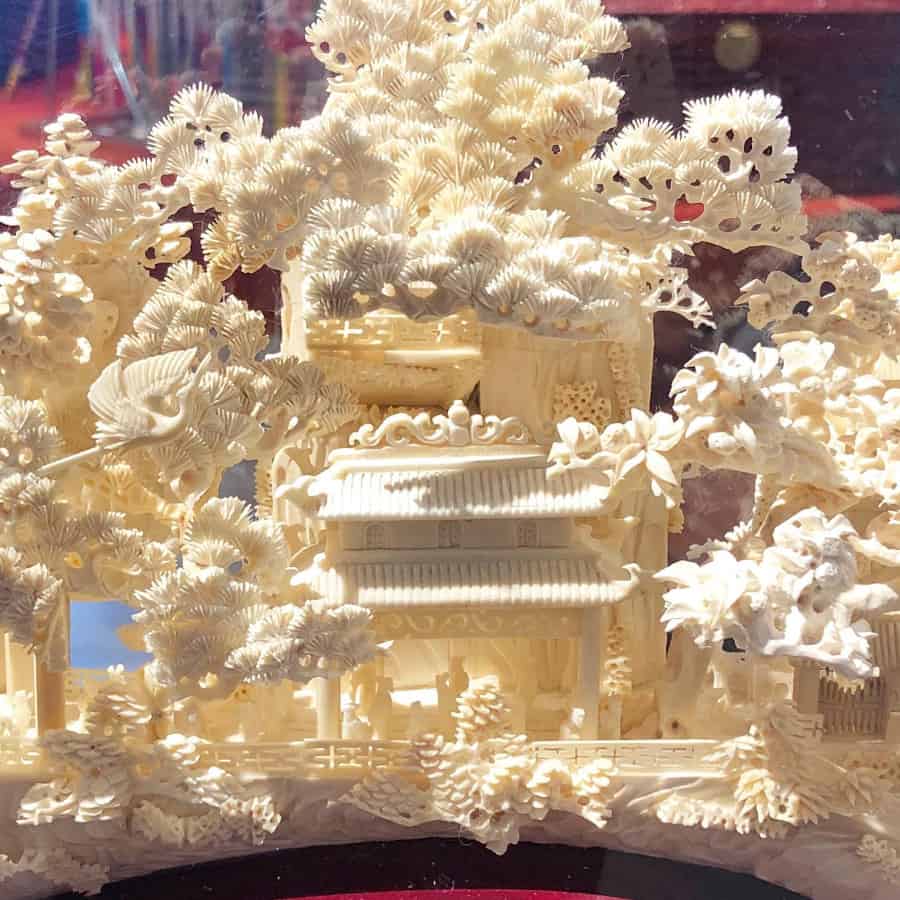
When I visited Kenya in 2003, I was able to visit the site of the burning, a pit filled with charred ivory bits in Nairobi National Park, as a permanent reminder that poaching kills elephants.
Elephant poaching, sadly, has peaked again, and now, at an all time high. As a girl, I was an easy sell for the anti-ivory campaign and strongly affected by this campaign. I loved animals and my family had no means or desire to purchase ivory products. But how strong was this message to potential buyers?
For many people, it seems counterintuitive and even ludicrous to destroy such a lucrative product. Wouldn’t it be better to sell the confiscated ivory legally and use this money to protect wild populations of elephants from further poaching? As an elephant biologist, I am interested in finding the solution that benefits elephant conservation most.
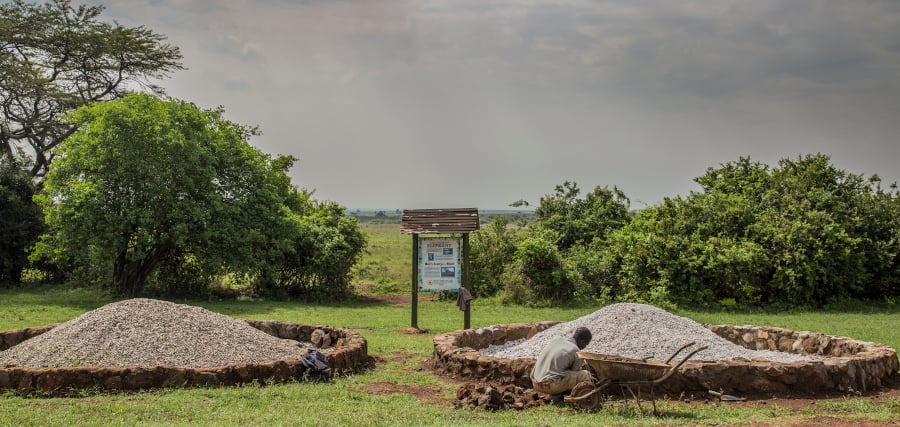
Arguments for Destroying Ivory
Destroying ivory sends a message. Robert G. Dreher, assistant attorney general for the environment and natural resources has explained this, “By destroying our domestic stocks of ivory, we send a very clear signal that these illegally traded products should not be perceived as items of value.” Similarly, in Gabon, which burned confiscated ivory in 2012, President Bongo announced Gabon’s stance; “Gabon has a policy of zero tolerance for wildlife crime and we are putting in place the institutions and laws to ensure this policy is enforced.”
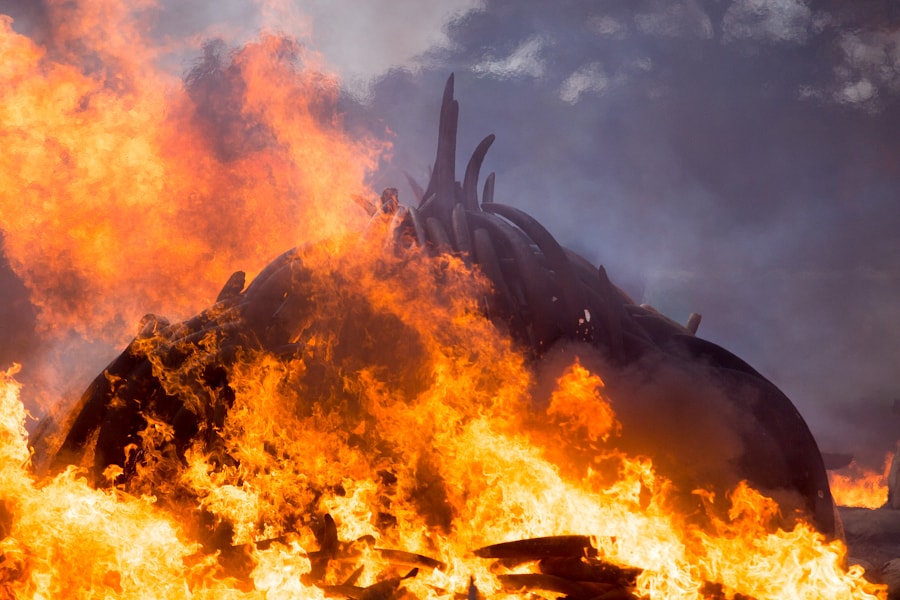
For many African countries, poaching has been linked to government officials themselves. Destroying the ivory holds the country nationally accountable. Long-time elephant biologist Iain Douglas-Hamilton summarizes this well, “When a country [destroys] ivory, it means they put behind them any chance of underhanded dealings. It’s not like pretending to have a ban and then selling the ivory under the carpet, which often happens.”
The poachers involved in the ivory trade have changed, making the situation more serious and dangerous. Up until the last few years, poaching was mostly done as an opportunity for locals to make money to support their family. Poaching is now being increasingly organized by terrorist organizations, which presents challenges to national and international security. Hillary Clinton describes, “Poachers now use helicopters, automatic weapons, night vision goggles, satellite phones to overwhelm and even murder park rangers and other local authorities.”
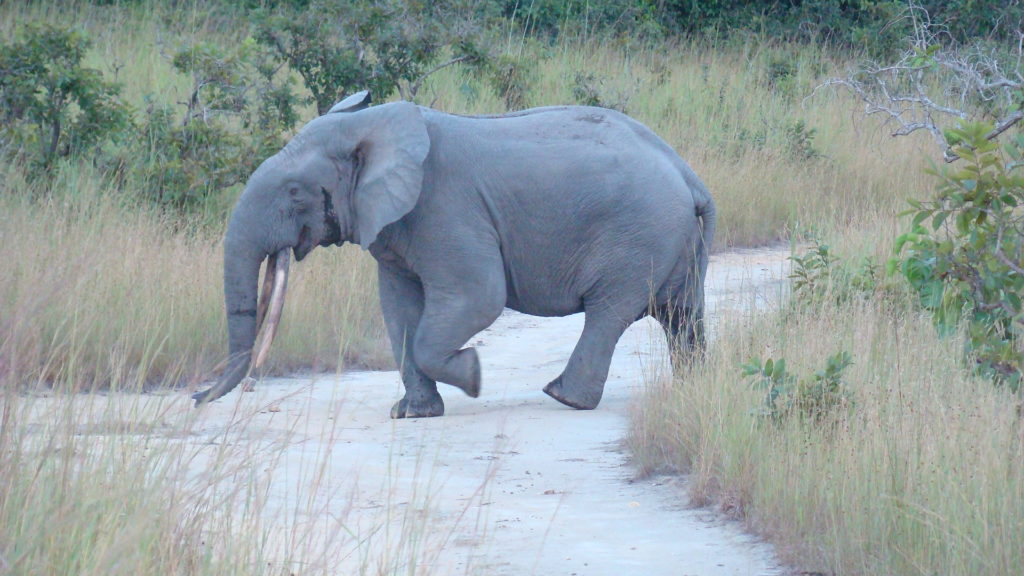
In addition to being dangerous to elephants, these militia groups pose immense security threats to humans as they move into new areas for poaching. Joseph Kony and his Lord’s Resistance Army has been poaching elephants for years for funds. Al-Shabaab, recently responsible for the Westgate shopping mall massacre in Kenya, is funded by the illegal ivory trade, with estimates as high as 40% of their income coming from ivory.
Another consequence of selling off ivory stockpiles is that it potentially sends mixed messages to the consumer. There is already a misconception among buyers. In an International Fund for Animal Welfare 2012 survey in China, seven out of 10 respondents did not realize that elephants had to be killed to obtain ivory. I have experienced this myself in the Gabonese tourist markets when a vendor told me that elephants lose their tusks naturally and they come along and pick them up (they change their story if you say you are an elephant biologist and say they are found already dead). Saying that some ivory is okay to buy, while others is not is sure to increase this confusion.
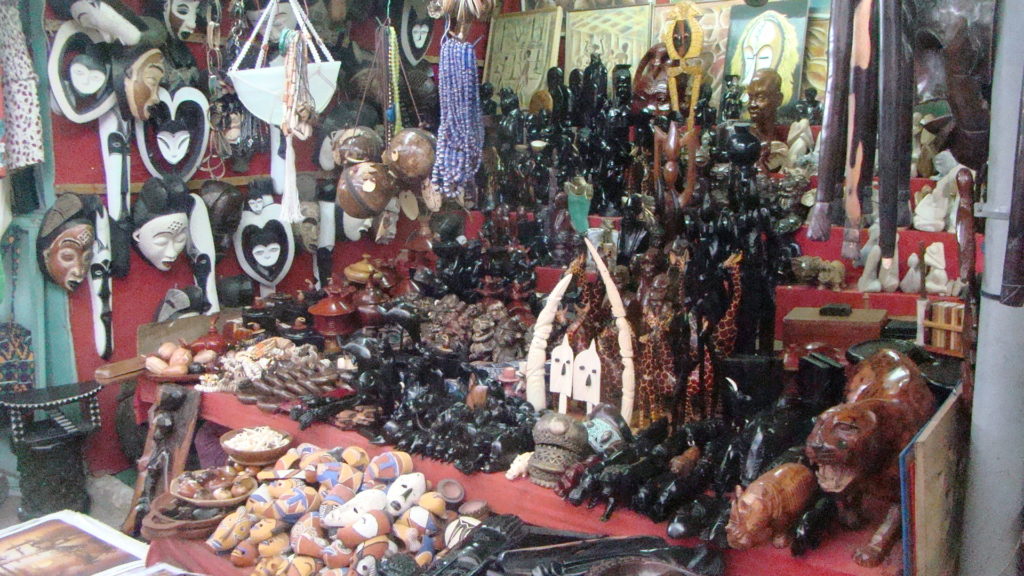
Differentiating between legal and illegal ivory is close to impossible. For stockpiles that contain confiscated ivory detected during import and export, such as those in the U.S. stockpile, ivory could be from elephants all over Africa and poached at any time, making genetic sourcing methods useless. If this stockpile was legally sold, it would be difficult to differentiate it from illegally sold ivory. China was approved by the Convention on International Trade in Endangered Species of Wild Fauna and Flora (CITES) to be a buyer from a “one-off” sale in 2008, and according to a Monitoring the Illegal Killing of Elephants (MIKE) report in 2012, China’s ivory trade control system has faltered considerably. Government-accredited ivory trading retail outlets were selling ivory products without product identification certificates.
Finally, protecting the stockpiles from theft is a costly operation. The U.S. stockpile represents thousands of killed elephants and is currently held in a warehouse. Several countries including Zambia, Mozambique, and the Philippines have had inventory stolen from their stockpiles. Destroying the stockpiles therefore has an additional payoff of saving money by not having to provide security.
Arguments for Selling Ivory
Arguments for selling ivory are more straightforward. As ivory is highly lucrative, selling it can provide money that could be used to fund the conservation of elephants, and the local communities living with elephants in range states. MIKE analyses also from the 2012 report found a negative relationship between livestock density and crop occurrence to the proportion of illegally killed elephants (PIKE), suggesting that the food security of communities are associated with less poaching. Additionally, human infant mortality, which was used as an indicator for the level of poverty of a site in the analysis, was the strongest predictor of PIKE. Therefore investing in communities surrounding vulnerable elephant populations may be a way to reduce poaching.
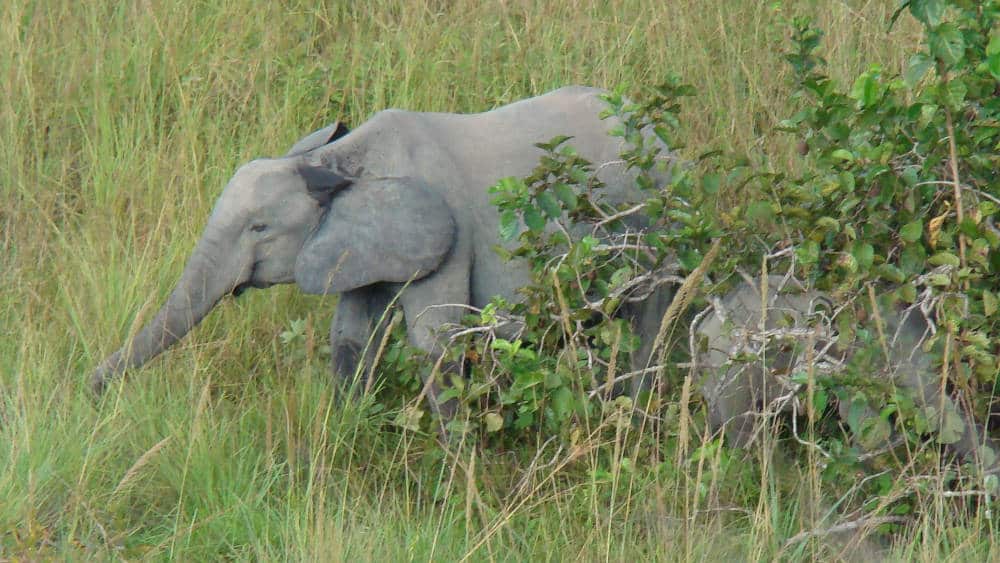
However, if poaching currently is mostly done by terrorist groups, then this may not have the desired effect. Results also show that sites with a better law enforcement such as rangers on-site tend to have lower poaching levels. Money generated from one-off sales could be used to fund the salaries of rangers in areas of important elephant populations. Selling the stockpile also solves the security problem to guard ivory stockpiles.
Some advocates for selling argue that legal sales will help reduce demand because there will be more product in the market, satisfying the need of consumers, and making the product less rare, and therefore less desirable. However, many fear the opposite; selling ivory will stimulate the market. Daniel M. Ashe, the director of the Fish and Wildlife Service, has stated that small sales of ivory in the past have stimulated demand and not satiated it.
What is Best for Elephants?
As a scientist, my thoughts are to look at the data. Whatever your ethics are on selling stockpiles are, the best thing to do is really what helps the elephants most. If selling confiscated ivory funds protection for elephants and prevents more poaching, then that would appear to be the better option. However, if selling stockpiles fuels the illegal trade, then destroying stockpiles seems like the best solution. Unfortunately, the science is very muddy. There are many factors that contribute to the increase in ivory and trade. Showing causation from a specific event is very difficult because of these confounding factors.
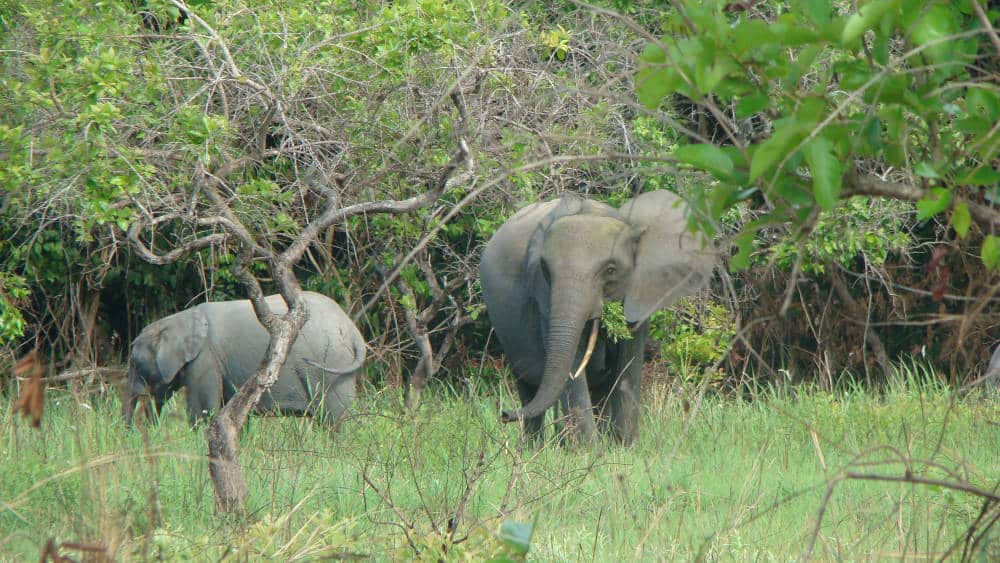
Two regulated one-off sales of stockpiles occurred in 1999 and 2008 despite the international ban on the trade of ivory. The most rapid increase in elephant poaching occurred from 2007 to 2011 when the trade had more than doubled, mainly because of increasing demand in China and Thailand. People naturally wondered if the one-off sale in 2008 initiated this sharp increase in poaching and trade. According to a 2012 analysis conducted by MIKE, no evidence was found to support this view. Two important years in poaching trends were 2005, which was a “turning point” in the upward trend, and 2011, which shows further acceleration of poaching.
However, as mentioned before, the trade is muddy and events are not isolated. The year 2008 also initiates the beginning of a nine-year ban on ivory from countries with elephant populations that are not endangered. Allowing one ivory sale at the same time a moratorium is initiated may produce mixed signals in the analysis. In order to fully understand the effects of a one-off sale, analysis would need to be conducted at a time when no other policy decision was taking place. Although the MIKE analysis found no evidence that the 2008 one-off sale had any impact on the increasing trend of poaching elephants, they also note that the data show that the sale did not lead to the reduction of elephant poaching or trade in illegal ivory. My personal thoughts are that more research is needed before we open the floodgates, especially at this extremely vulnerable time for elephants.
Finally, although ivory is lucrative, it is also important to put things into perspective. A one-off sale can generate millions of dollars, but the tourism industry for an African country is worth billions annually. For example, in Kenya, tourism is the second largest source of foreign exchange earning $1.2 billion in 2012 and employing 150,000 people. From my own research interviewing tourists and recording what species they stop view in Kenya, elephants are a huge part of that industry (no pun intended) and protecting them will benefit Kenya’s economy. As the U.S. would have never sold this ivory anyway (it would have remained stored in the warehouse), the best action is to support the crush, talk about it, and use your voice to spread the message that 96 elephants die every day from poaching for ivory.
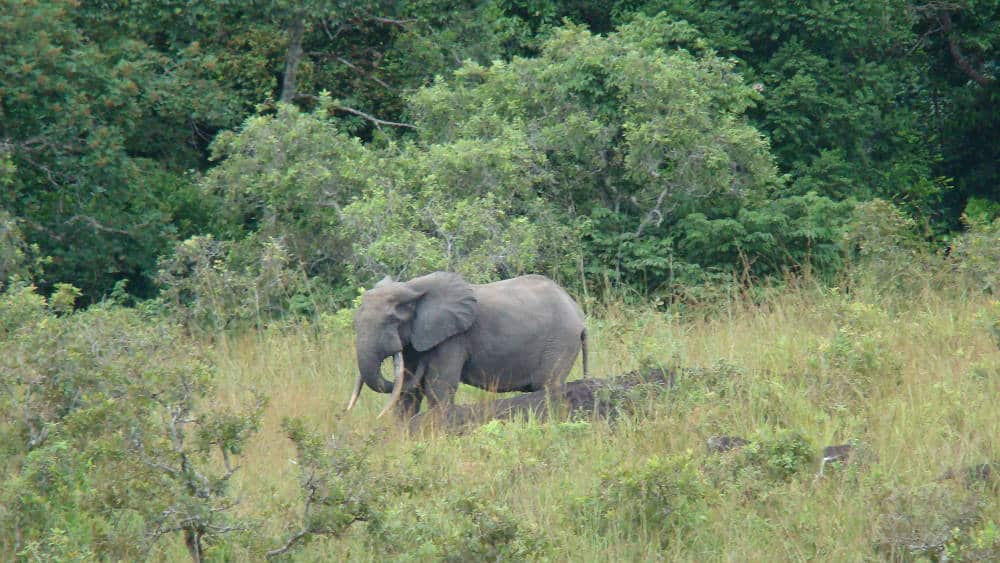
If you are interested in helping elephants, consider a donation to these organizations: African Wildlife Foundation, Wildlife Conservation Society, and World Wildlife Fund. Destroying ivory is actually very difficult. For a very interesting article on how it’s done, click here.

*This post was originally posted on the Wildlife SNPits.
Love this post? Share it with friends!




